Home>diy>Building & Construction>How To Stop Birds Building Nests On Your House
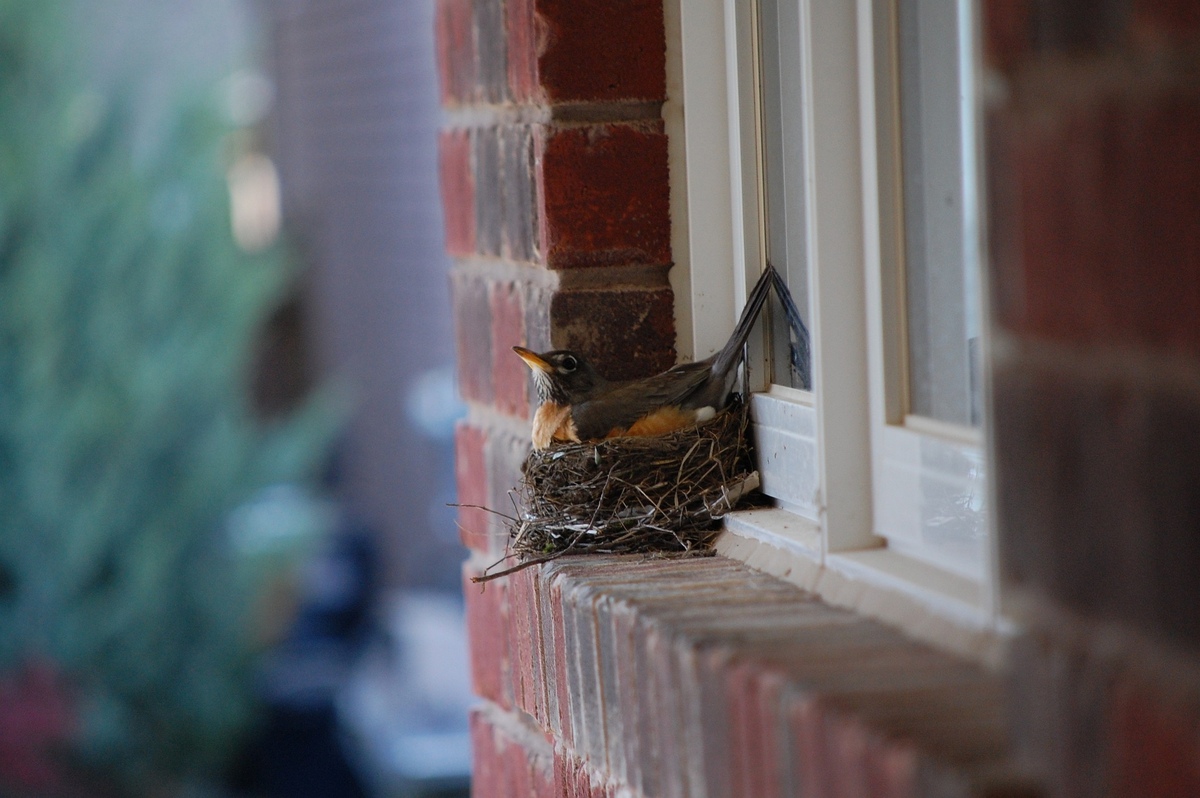

Building & Construction
How To Stop Birds Building Nests On Your House
Modified: August 27, 2024
Prevent birds from building nests on your house with our expert tips and techniques. Safeguard your building construction from potential damage caused by nesting birds.
(Many of the links in this article redirect to a specific reviewed product. Your purchase of these products through affiliate links helps to generate commission for Storables.com, at no extra cost. Learn more)
Introduction
Birds are a wonderful part of nature, with their beautiful colors and melodious songs. However, when they decide to build nests on your house, it can become a nuisance. Not only can birds create a mess with their droppings and debris, but their nests can also cause damage to your property. Understanding why birds choose to build nests on houses and knowing how to prevent it can help you protect your home while respecting the wildlife around you.
So, why do birds find houses so appealing for nest building? One of the primary reasons is the shelter and protection that houses provide. In urban and suburban areas, where natural nesting spots may be scarce, buildings offer a safe and secure place for birds to nest. Additionally, the warmth generated by the structure can attract birds, especially during the colder months.
Another factor that attracts birds to buildings is the availability of food. Garbage cans, gardens, and bird feeders near houses can be a significant food source, making them an attractive location for birds to build their nests.
While it’s understandable why birds choose to build their nests on houses, it’s important to address this issue to prevent damage and potential health hazards. Bird nests can clog gutters, ventilation systems, and chimney flues, causing water damage and interfering with proper airflow. Nests can also provide a home to parasites, such as mites and fleas, which can transmit diseases.
In the following sections, we will explore effective methods to prevent birds from building nests on your house. By implementing these strategies, you can ensure the safety and cleanliness of your property while respecting the natural habitats of these beautiful creatures.
Key Takeaways:
- Protect your home from bird nests by sealing entry points, using deterrents, and creating alternative nesting sites. Respect wildlife while preventing damage to your property.
- Seek professional help for ethical bird nest removal, compliance with regulations, and long-term prevention strategies. Foster a harmonious relationship with nature while safeguarding your property.
Understanding why birds build nests on houses
Before we delve into methods to prevent birds from building nests on your house, it’s important to understand the reasons behind their behavior. By understanding why birds choose houses as nesting spots, we can develop strategies to deter them effectively.
As mentioned earlier, one of the primary reasons birds build nests on houses is the shelter and protection they provide. Houses offer a safe haven from predators and the elements, making them an attractive option for birds seeking a secure nesting site. The structure of houses, with their roof overhangs, eaves, and nooks, mimic the natural protected areas where birds would typically build their nests in trees or cliffs.
In addition to shelter, birds are also drawn to houses for the availability of food. Urban and suburban areas often provide abundant food sources for birds, such as gardens, bird feeders, and garbage cans. These food sources in close proximity to houses make them an ideal place for birds to build nests, as they can easily access food for themselves and their offspring.
Furthermore, birds may choose houses for nest building due to the warmth generated by structures. Buildings, especially those with insulation or heat escaping through roof vents, provide a cozy environment for birds, particularly during colder seasons. Warmth is crucial for the survival of young birds, as it helps regulate their body temperature and ensures their health and development.
It’s worth noting that not all bird species build nests on houses. Different species have varying preferences for nesting locations, and some may be more likely to choose houses while others prefer trees, tall grasses, or cliffs. Understanding the specific bird species in your area and their nesting habits can help you tailor your prevention methods accordingly.
By understanding the motives behind birds building nests on houses, we can employ targeted strategies to discourage them from choosing our properties as nesting spots. The next sections will explore various methods for preventing birds from building nests on your house, ensuring the well-being of both your property and the wildlife.
The negative impacts of bird nests on houses
While birds can be delightful creatures to observe, their nests can pose several problems when built on houses. Understanding the potential impacts can help emphasize the importance of preventing birds from nesting on your property.
One of the main concerns with bird nests on houses is the damage they can cause. Nests built in gutters, downspouts, or roof eaves can clog the drainage system, leading to water overflow and potential water damage to the house. Blocked gutters can also cause water to seep into the walls or foundation, leading to structural issues and costly repairs.
Nests can also obstruct vents or chimneys, interfering with proper airflow and ventilation. This can result in a buildup of moisture, leading to mold growth and potential damage to the insulation or structural components of the house. In extreme cases, blocked vents can even pose a fire hazard if the exhaust gases are unable to escape properly.
Another concern is the mess created by bird droppings and debris from the nest. Accumulated droppings not only create an unsightly appearance but can also corrode surfaces or cause staining. Cleaning up the mess can be time-consuming and challenging, especially in hard-to-reach areas.
Bird nests on houses can also attract unwanted pests. Nests can provide a suitable environment for parasites, such as mites, fleas, or ticks. These parasites can spread to other areas of the house or even infest pets, leading to discomfort and potential health issues.
Furthermore, some bird species can become aggressive when defending their nests, posing a potential threat to homeowners and their pets. Getting too close to a nest can provoke territorial behavior and result in bites or scratches.
Addressing these negative impacts is necessary to maintain the structural integrity and cleanliness of your house. By implementing effective prevention strategies, you can minimize the risks and preserve both your property and the well-being of the birds.
Tips for preventing birds from building nests on your house
To safeguard your house from bird nests and the associated problems, proactive prevention is key. Here are some effective tips to deter birds from choosing your property as their nesting spot:
- Identify and address entry points: Inspect your house for any gaps, holes, or openings where birds can access and build nests. Common areas include roof vents, chimneys, and gaps in the eaves or siding. Seal these entry points using appropriate materials like wire mesh, netting, or caulk.
- Remove potential nesting materials: Keep your property free of materials that birds may use for nest building, such as twigs, leaves, or straw. Regularly clean your gutters to prevent the accumulation of debris that birds could utilize for nesting.
- Install deterrents: There are various bird deterrents available that can discourage birds from landing and nesting on your house. These include bird spikes, which make perching uncomfortable, and bird netting, which physically blocks access to desired locations. Install these deterrents on ledges, rooflines, and other areas prone to bird activity.
- Visual deterrents: Visual deterrents can be effective in deterring birds by creating an illusion of danger. Hang shiny objects like CD discs, reflective tape, or wind chimes in areas where birds tend to gather. Additionally, scarecrows or lifelike decoys of predatory birds can also be used as visual deterrents.
- Ultrasonic devices: Ultrasonic devices emit high-frequency sounds that are unpleasant to birds but inaudible to humans. Install these devices in areas where you want to discourage birds from nesting. However, note that these devices may not be effective on all bird species.
- Protective coverings: If certain areas of your house are particularly prone to bird nesting, consider installing protective coverings. Mesh screens or wire cages can be placed over vents, chimneys, or other vulnerable areas to prevent birds from entering or building nests.
Remember that birds are protected by laws in many places, so it is important to choose humane methods that do not harm them. It is recommended to consult local ordinances and regulations before implementing any prevention methods.
Consistency is key when applying these bird prevention tactics. Regularly inspect your property for signs of bird activity, and promptly address any potential nesting areas. By implementing these strategies, you can minimize the chances of birds building nests on your house and mitigate the associated issues.
Natural deterrents for birds
If you prefer to use natural methods to deter birds from nesting on your house, there are several environmentally friendly options available. These natural deterrents can effectively discourage birds while maintaining a harmonious balance with the surrounding ecosystem. Here are some natural methods to consider:
- Planting bird-repellent plants: Certain plants are known to have a natural repelling effect on birds. These include marigolds, sunflowers, and prickly bushes like holly or rose bushes. Planting these around your house can make the environment less appealing for nesting birds.
- Using bird-repellent scents: Birds have a strong sense of smell, and certain scents can act as natural repellents. Essential oils, such as peppermint, eucalyptus, or citrus, can be diluted with water and sprayed around areas prone to bird activity. This can discourage birds from approaching and nesting near your house.
- Introducing predator decoys: Placing decoys or statues of natural predators, such as owls or hawks, can create a sense of threat and deter birds from approaching. Remember to periodically move the decoys to prevent birds from becoming accustomed to their presence.
- Installing bird feeders away from the house: If you have bird feeders in your yard, consider placing them at a distance from your house. This can help draw birds away from your property and reduce the chances of them choosing your house for nesting.
- Using noise deterrents: Loud noises can startle and discourage birds. Employ noise deterrents, such as wind chimes, clanging pots and pans, or strategically placed motion-activated sound devices, to deter birds from nesting on your property.
- Maintaining a clean environment: Birds are attracted to food sources, so keeping your surroundings clean and free of accessible food can help deter them. Regularly clean up food scraps, empty trash cans with secure lids, and ensure bird feeders are positioned to minimize spillage and mess.
It’s important to note that natural deterrents may not work equally well for all bird species. The effectiveness of these methods can vary depending on the habits and preferences of local bird populations. Assess the bird species in your area and adjust your natural deterrents accordingly.
Combining different natural deterrents and regularly rotating them can enhance their effectiveness. Birds can adapt to static deterrents over time, so changing their location or periodically switching between different methods can help maintain their effectiveness.
By embracing natural deterrents and avoiding harmful chemicals or practices, you can encourage birds to seek alternative nesting spots while preserving the delicate balance of the ecosystem.
Install bird spikes or netting on ledges and eaves to prevent birds from building nests. These physical barriers make it difficult for birds to land and create a nesting site.
Read more: How To Get Rid Of Bird Nest On Porch
Physical barriers and deterrents for bird nests
If you’re looking for more robust methods to prevent birds from building nests on your house, physical barriers and deterrents can provide effective solutions. These measures create obstacles that make it difficult or undesirable for birds to access and nest on your property. Here are some physical barriers and deterrents to consider:
- Bird Spikes: Bird spikes are plastic or metal strips with pointed projections that are placed on ledges, rooflines, and other areas where birds tend to perch or nest. The spikes create an uncomfortable surface, preventing birds from landing or constructing nests.
- Wire Mesh or Netting: Installing wire mesh or netting around vulnerable areas, such as vents, chimneys, and openings, can effectively block birds from entering and building nests. Ensure the mesh or netting has small enough gaps to prevent birds from squeezing through.
- Bird Slopes: Bird slopes are angled panels or materials placed on ledges and other surfaces to discourage birds from landing. These slopes make it challenging for birds to find a stable footing, convincing them to seek alternative nesting locations.
- Electric Shock Track: Electric shock track systems emit a mild, harmless electric shock when birds land on them. This temporary shock is enough to discourage birds from returning to the area, making it an effective deterrent for flat surfaces like window sills.
- Bird Gel: Bird gel is a sticky substance that creates an uncomfortable, tacky surface for birds. It is applied to surfaces where birds tend to land, preventing them from perching or nesting. Bird gel is transparent and does not harm the birds, making it a humane option.
- Preventive Screens: Preventive screens are specially designed screens that can be installed over open areas, such as vents and air ducts, to prevent birds from entering and nesting. These screens allow for proper airflow while keeping birds out.
When installing physical barriers and deterrents, it’s crucial to ensure they are securely fastened and properly maintained. Regularly inspect these measures for any signs of damage or wear and make necessary repairs or replacements to maintain their effectiveness.
It’s essential to consider the specific bird species in your area when selecting and implementing physical barriers and deterrents. Different bird species may have varying abilities to overcome certain barriers, so understanding their behaviors can help you choose the most suitable solutions.
Remember that physical barriers and deterrents are intended to discourage birds from nesting on your property, rather than harm them. It’s crucial to prioritize humane methods that respect the integrity and well-being of the birds while protecting your home.
Creating alternative nesting sites for birds
If you appreciate the presence of birds in your vicinity and want to provide them with suitable nesting options while keeping them away from your house, creating alternative nesting sites can be a rewarding solution. By offering attractive alternatives, you can redirect birds’ nesting instincts to designated areas, benefiting both the birds and your property. Here are some ways to create alternative nesting sites:
- Nest Boxes: Nest boxes, also known as birdhouses, are specifically designed structures that mimic natural nesting sites. These boxes should be species-specific, with appropriate entrance hole sizes and internal dimensions. Research the bird species common in your area to determine their specific nesting requirements and provide suitable nest boxes.
- Platform Nests: Some bird species prefer nesting on flat surfaces. Creating shallow platforms or shelves made of wood or hardware cloth can accommodate birds that prefer this type of nesting site. Mount these platforms on trees, poles, or fence posts in areas away from your house.
- Nesting Platforms: Nesting platforms are elevated structures made of sticks or branches specifically built for species that construct open cup nests. Birds like robins or mourning doves may prefer nesting on platforms rather than inside confined spaces. These platforms can be installed on trees or poles.
- Pole-Mounted Nesting Platforms: For species that naturally nest in trees, pole-mounted nesting platforms can provide an alternative nesting spot. Attach a nesting platform to a tall pole away from your house and at a height suitable for the targeted bird species.
- Bamboo Bundles: Certain bird species, including finches and sparrows, appreciate natural materials for nesting. Bundle together bamboo stalks and hang them in a suitable location, providing a ready-made nesting site using natural materials.
- Creating Habitat: Enhancing the overall habitat in your garden or yard can attract birds and provide them with various nesting options. Incorporate diverse native plants, shrubs, and trees to create a more inviting environment. Consider including plants with different heights, densities, and types of foliage to accommodate a variety of bird species.
When creating alternative nesting sites, it’s important to research the nesting preferences of the bird species you want to attract. Different species have specific requirements, such as preferred nest heights, entry hole sizes, and nesting materials. Adhering to these specifications will increase the likelihood of successful nesting.
Regularly monitor and maintain the alternative nesting sites to ensure their usability and safety. Clean out nest boxes before each breeding season and make any necessary repairs. It’s also important to periodically inspect the nesting sites to prevent the buildup of parasites or other hazards.
Creating alternative nesting sites not only diverts birds away from your house but also provides them with valuable habitat and nesting opportunities. By promoting a harmonious coexistence, you can enjoy the presence of birds while protecting your property.
Seeking professional help for bird nest removal
If you find bird nests on your house or property and want to ensure their safe removal without causing harm to the birds or damaging your property, it is advisable to seek professional help. Professional bird control services have the expertise and knowledge to handle bird nest removal effectively and ethically. Here are the reasons why you should consider seeking professional assistance:
- Compliance with regulations: Many bird species are protected by law, and it is important to adhere to local regulations when removing nests. Professional bird control services are well-versed in these regulations and will ensure that the removal process is conducted in accordance with the law.
- Safe and humane removal: Professionals have the necessary tools and techniques to safely remove bird nests without causing harm to the birds or risking damage to your property. They will ensure that the nests and debris are removed efficiently and safely, minimizing any potential health hazards or structural concerns.
- Identification of bird species: Bird control experts can identify the bird species that constructed the nest, helping you understand their nesting habits and behaviors. This knowledge can guide you in implementing the appropriate prevention measures to deter future nesting attempts.
- Evaluation of structural damage: Professionals can assess any potential damage caused by the bird nests and provide recommendations for repairs or modifications. They can identify areas that may need reinforcement or sealing to prevent future nesting and minimize structural issues.
- Prevention strategies: Professional bird control services can provide guidance on long-term prevention strategies to deter birds from nesting on your property. This may include the installation of deterrents, sealing of potential entry points, or creating alternative nesting sites.
- Experience and expertise: Bird control professionals have extensive experience in dealing with bird nests and related issues. They can offer effective and efficient solutions based on their knowledge of bird behavior and proven prevention methods.
By seeking professional help for bird nest removal, you can ensure that the process is handled responsibly and ethically. Professional services will not only address the immediate concerns related to the nests but also provide guidance on long-term prevention strategies to protect your property.
When selecting a professional bird control service, consider their reputation, experience, and commitment to ethical practices. Research customer reviews and ask for recommendations to find a trusted and reliable service provider in your area.
Remember, the goal is to ensure the well-being of both the birds and your property. With professional assistance, you can effectively manage bird nests and create a harmonious environment for both human and avian inhabitants.
Conclusion
Birds building nests on houses can present challenges and potential damage to your property, but it’s essential to approach the situation with respect for the wildlife around us. By understanding why birds choose houses as nesting spots and the negative impacts of their nests, we can implement effective preventive measures without causing harm.
Throughout this article, we explored various strategies to prevent birds from building nests on your house. From natural deterrents and physical barriers to creating alternative nesting sites, there are numerous options available to suit different preferences and circumstances. Whether you choose to install bird spikes, use bird-repellent scents, or provide nesting boxes, the key is to find methods that are effective, humane, and sustainable.
Seeking professional help for bird nest removal can provide peace of mind, ensuring compliance with regulations, safe removal, and prevention strategies tailored to your situation. Professionals can also assess any structural damage and guide you in preventing future nesting attempts.
Remember that birds are a valuable part of our ecosystem, and it’s crucial to support their well-being while protecting your property. Creating a balance between coexistence and prevention is achievable by implementing proven methods to discourage nesting on your house and providing alternative nesting options.
By taking proactive measures and maintaining a clean environment, you can reduce the likelihood of birds choosing your property for nesting. Regular monitoring, proper maintenance, and adjusting strategies as needed will help ensure long-term success.
Ultimately, the goal is to foster a harmonious relationship with nature by protecting your property and respecting the needs of the birds. With the right approach and a combination of preventive measures, you can deter birds from building nests on your house while creating a welcoming environment for these magnificent creatures in alternative nesting spots.
Frequently Asked Questions about How To Stop Birds Building Nests On Your House
Was this page helpful?
At Storables.com, we guarantee accurate and reliable information. Our content, validated by Expert Board Contributors, is crafted following stringent Editorial Policies. We're committed to providing you with well-researched, expert-backed insights for all your informational needs.

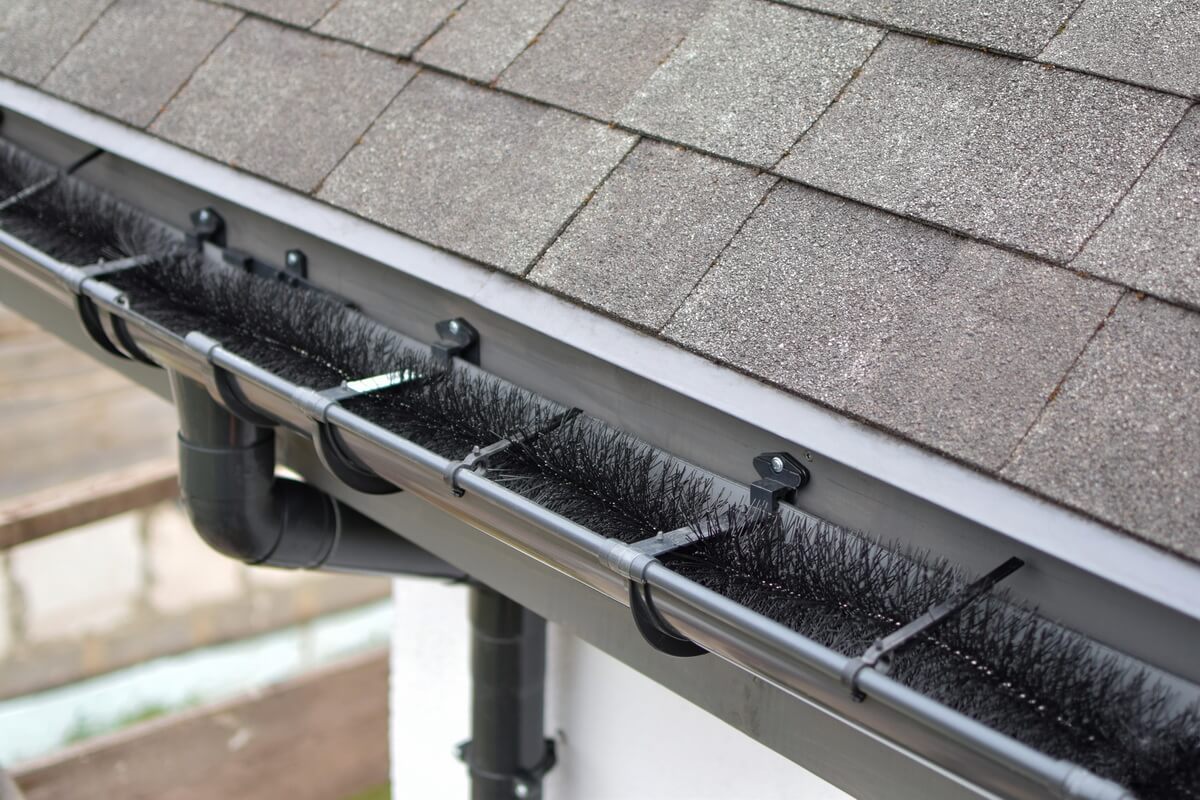
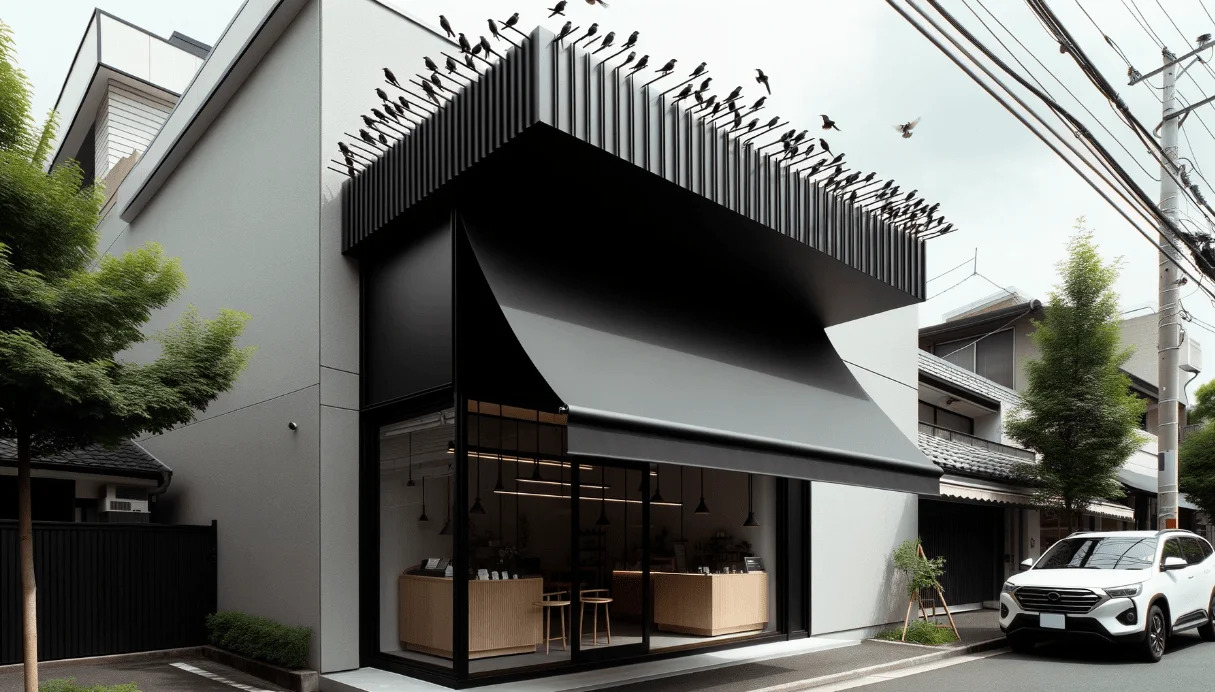
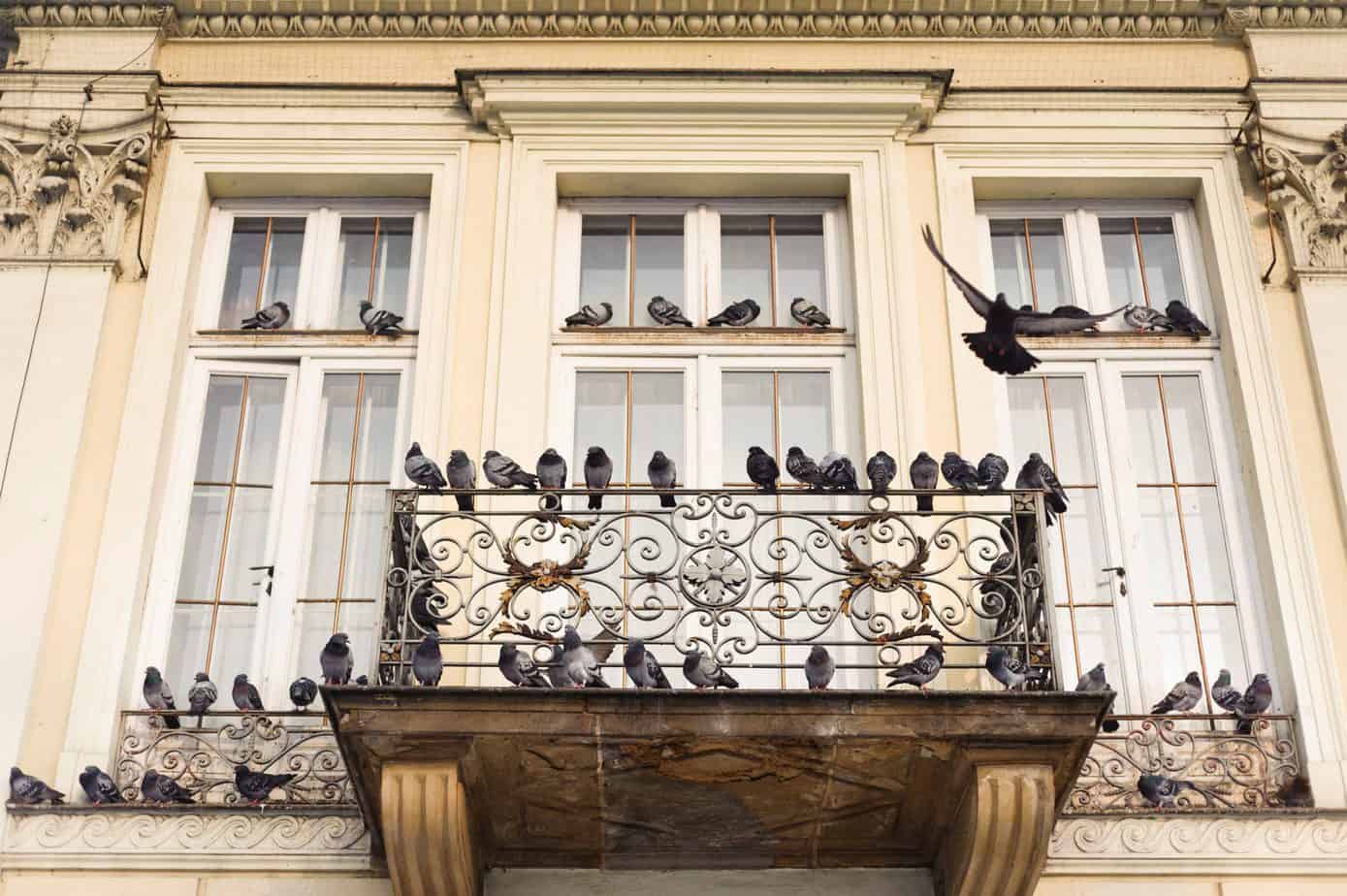
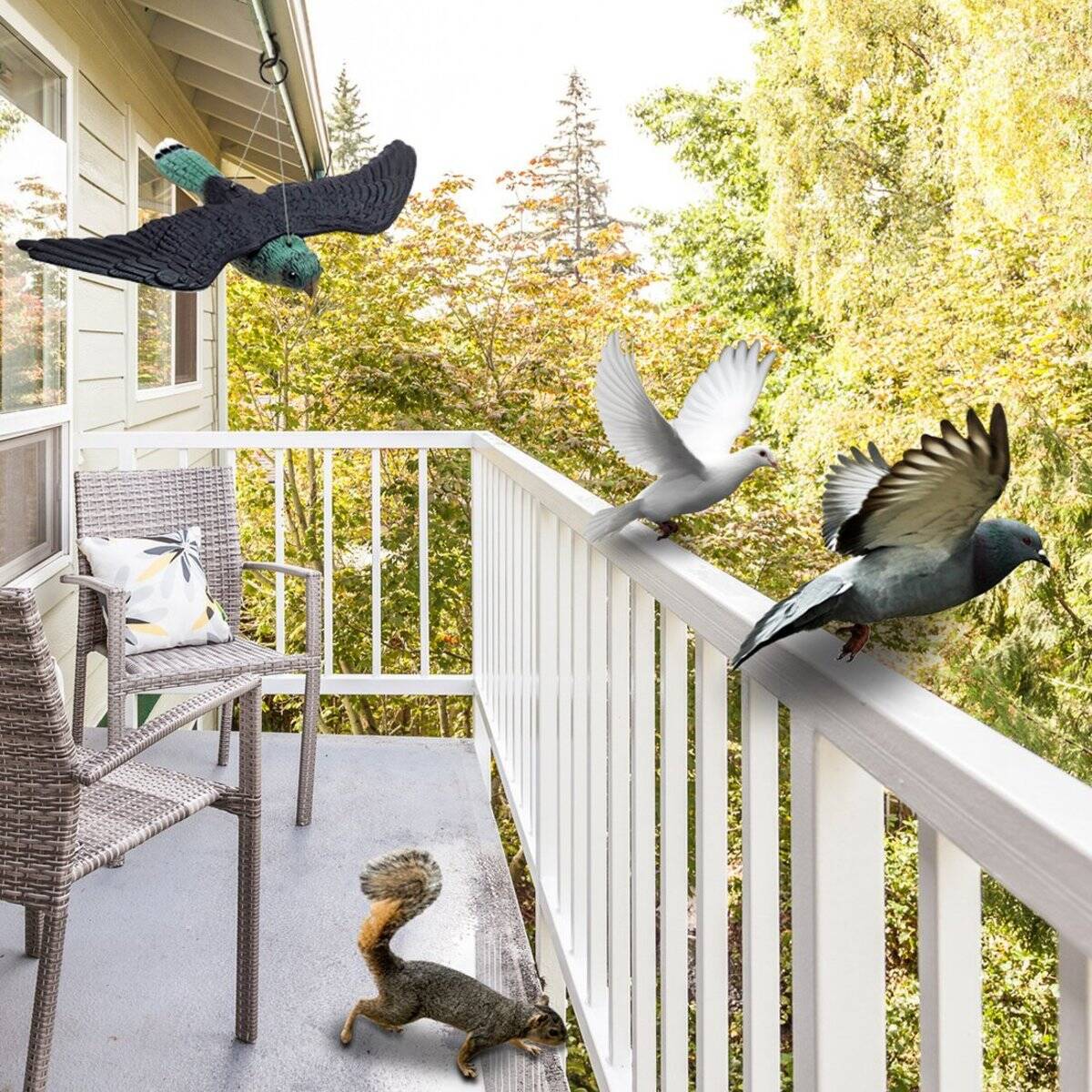
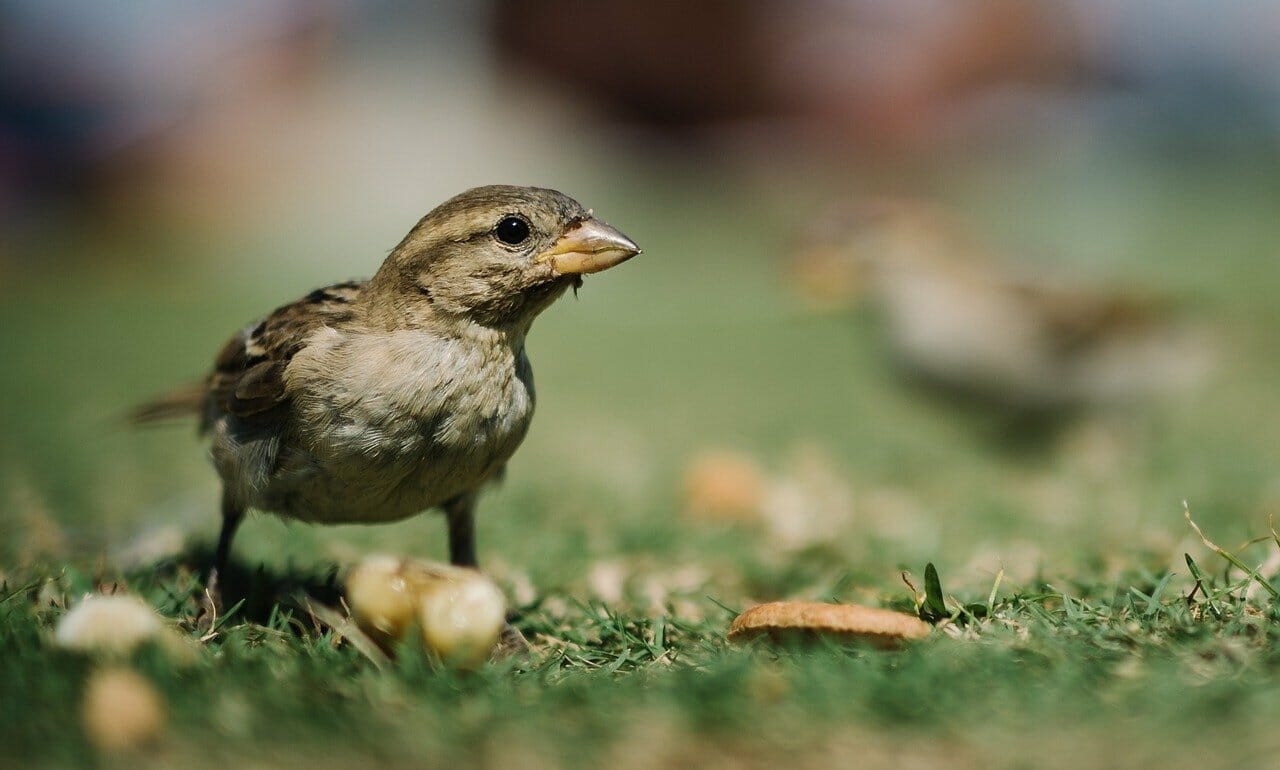
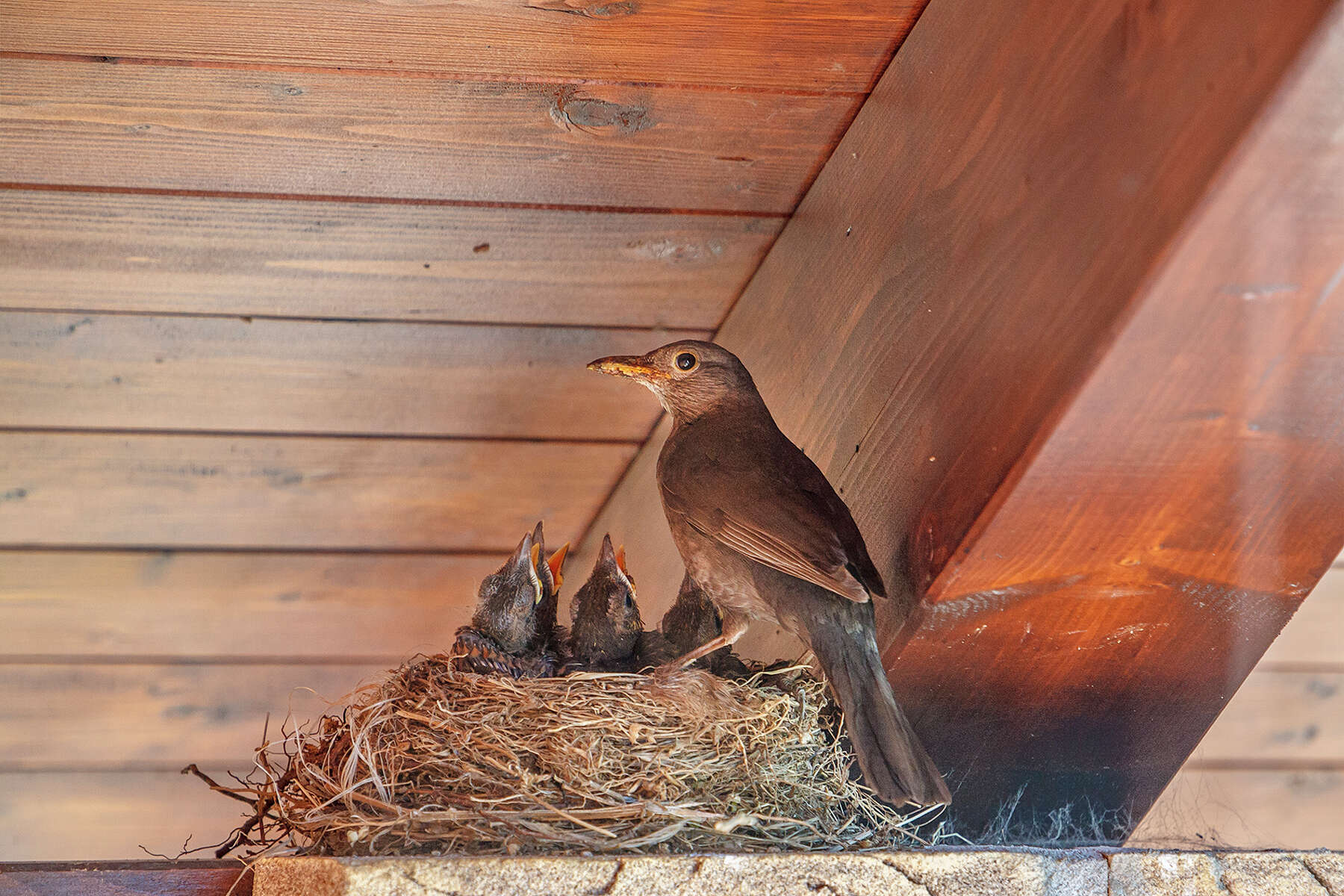
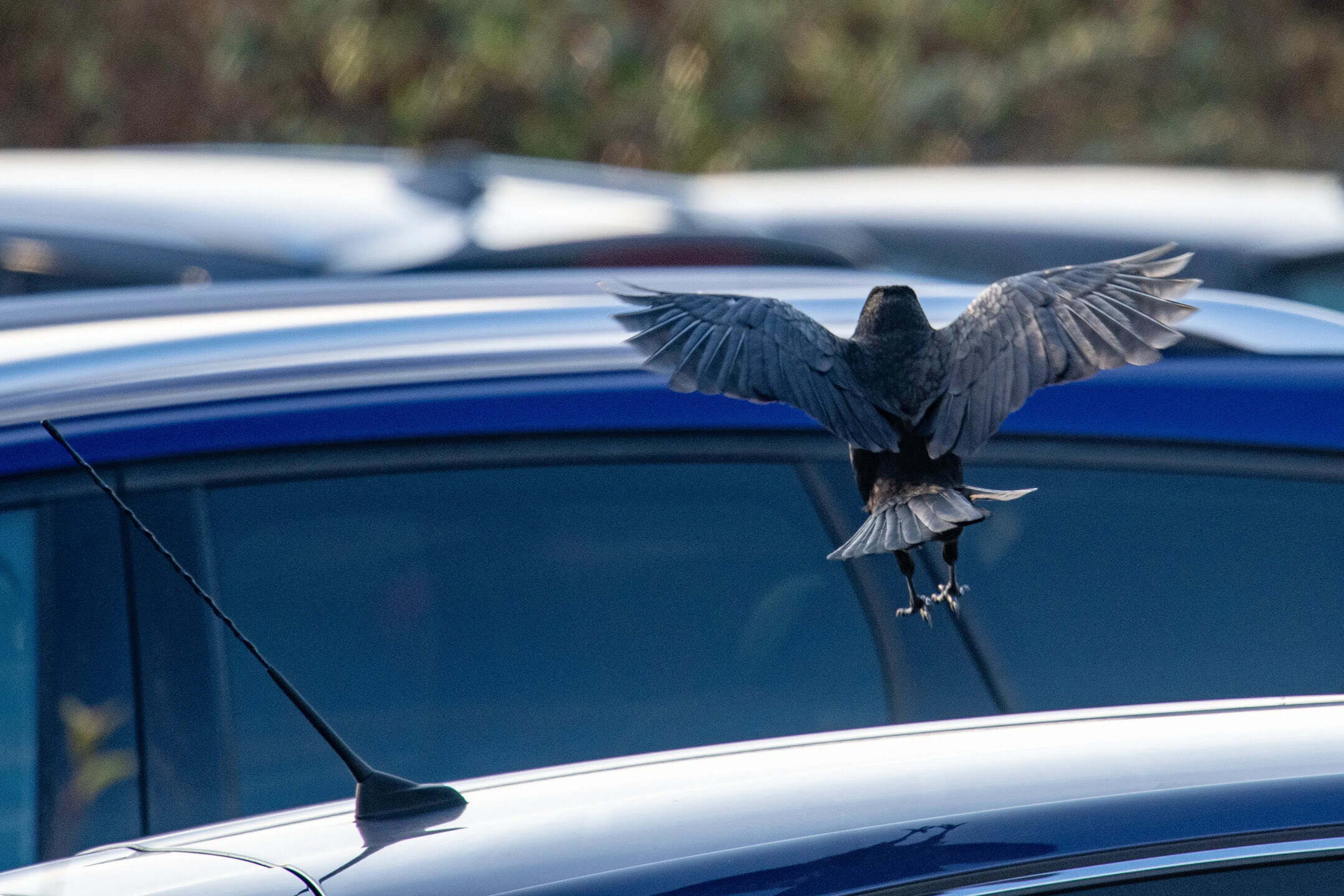
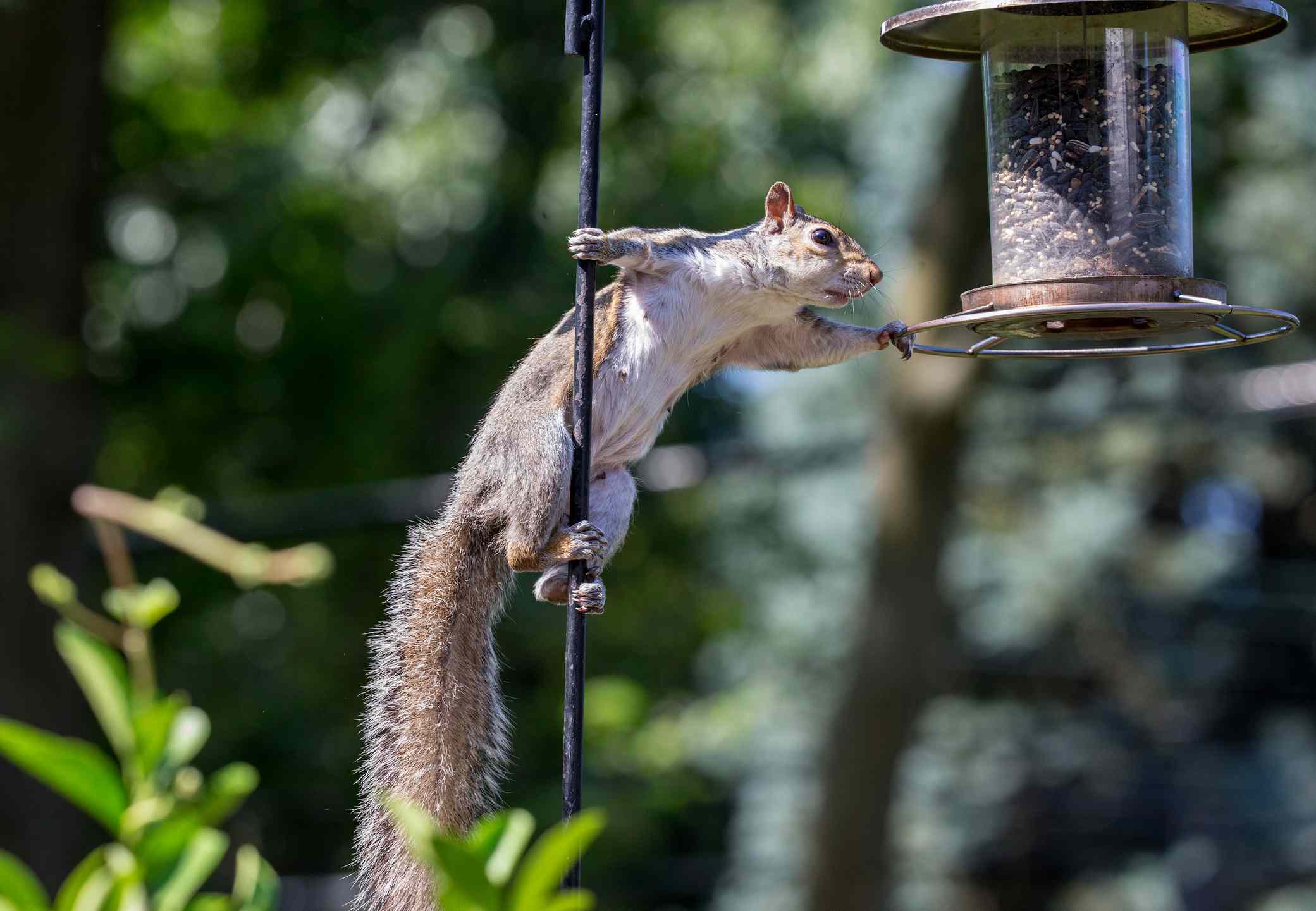
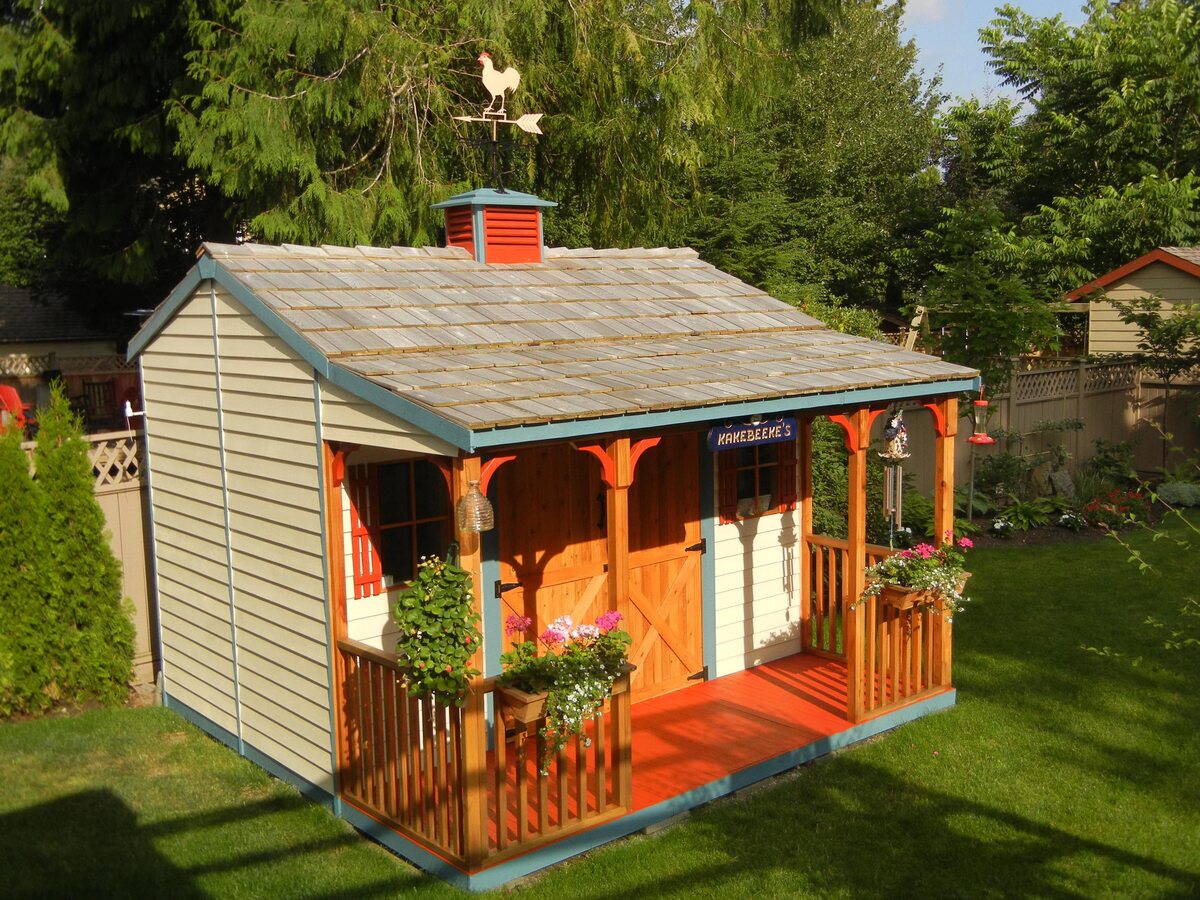
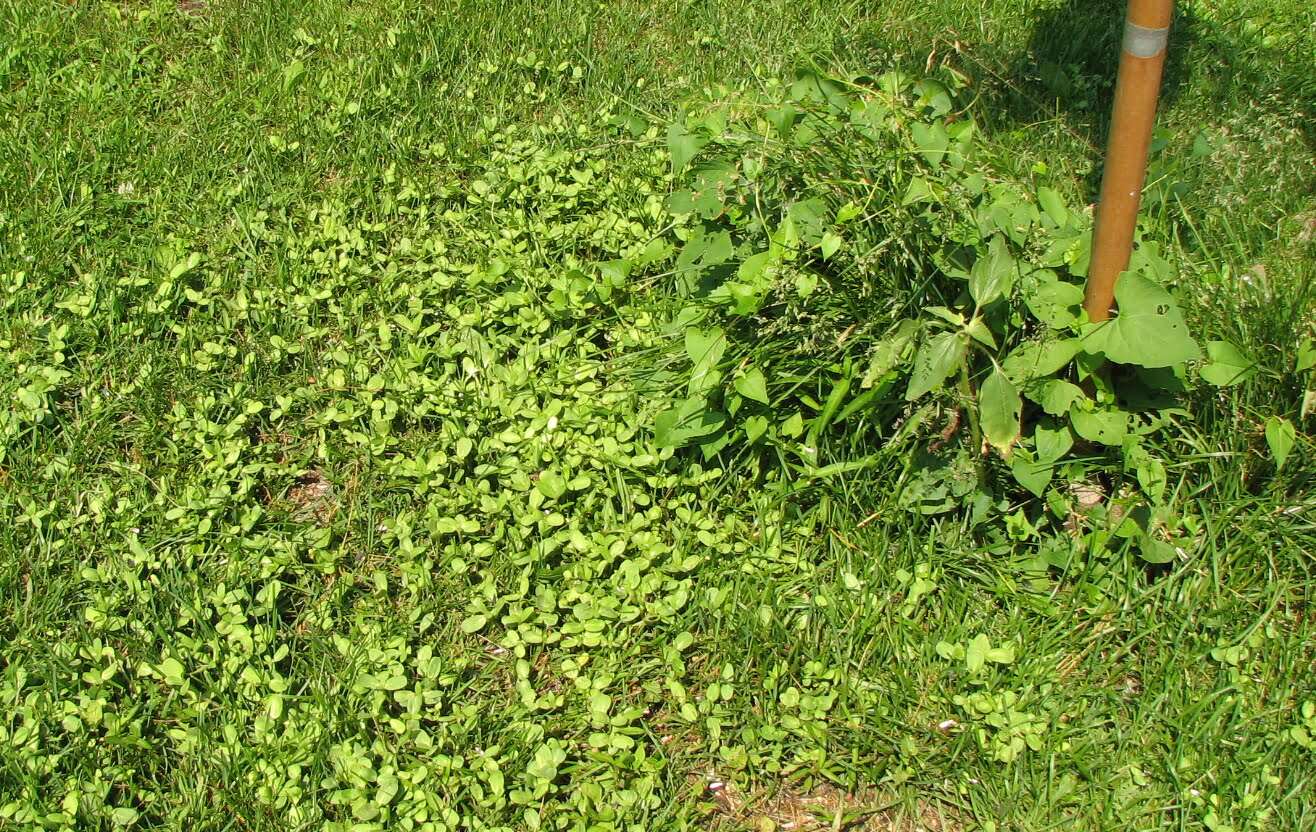
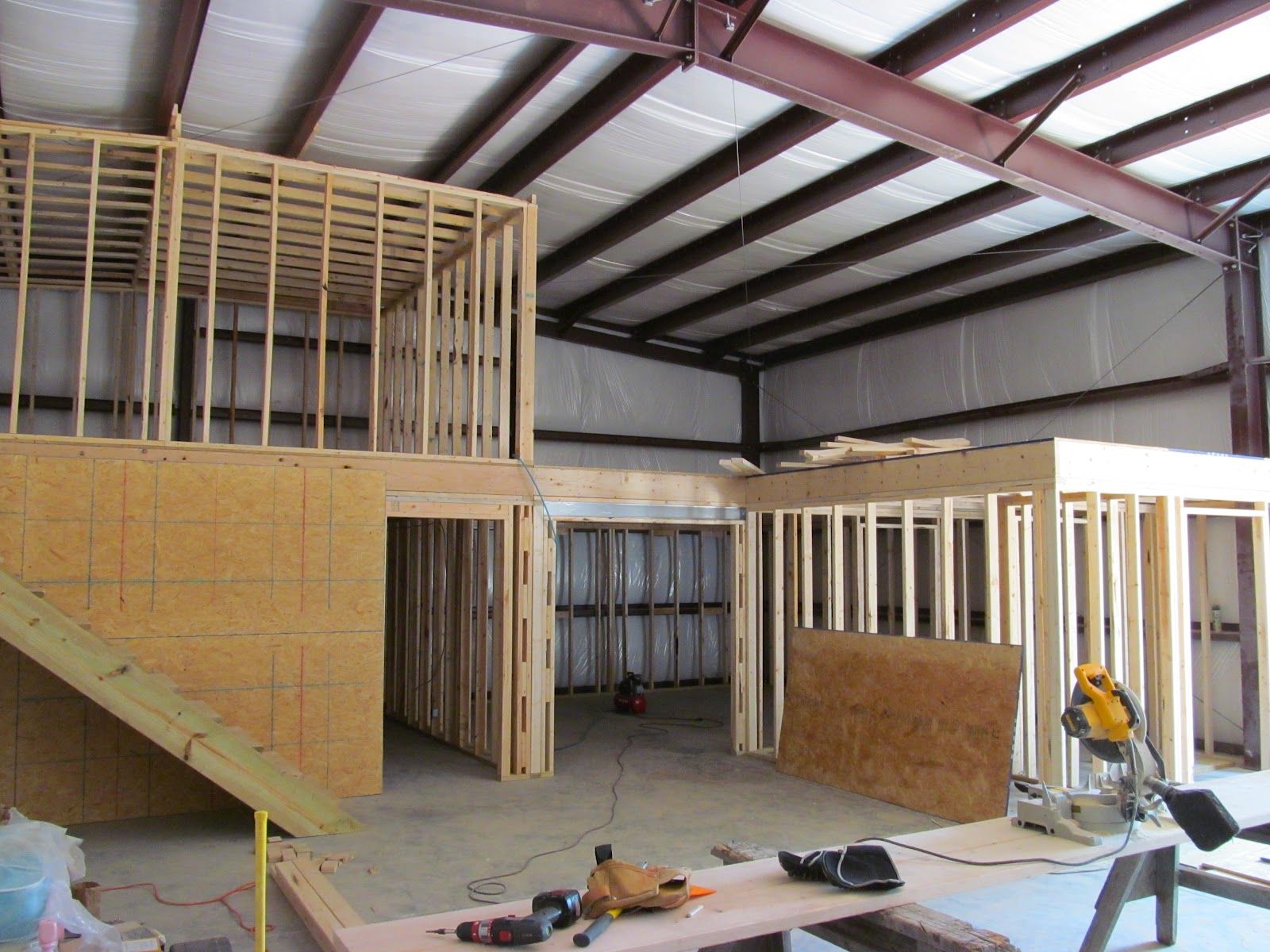



0 thoughts on “How To Stop Birds Building Nests On Your House”